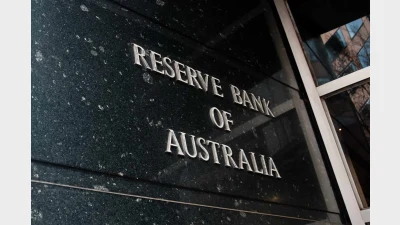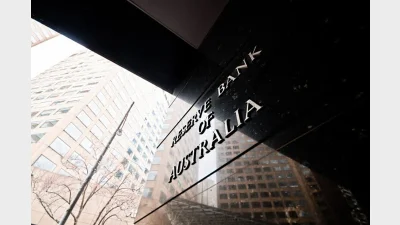Mercer urges use of TFNs




|
| David Knox
|
The Government needs to clear the way for superannuation funds to use tax file numbers (TFNs) and make financial advice tax deductible, according to consulting, outsourcing and investment advisory firm Mercer.
In its submission to the second phase of the Cooper Review into superannuation, Mercer echoed many of the sentiments of the Australian Institute of Superannuation Trustees (AIST) with respect to the use of TFNs and the tax deductibility of advice.
Mercer Worldwide partner David Knox said there was little point in having a serious conversation about reducing member fees within superannuation if the Government did not address some fundamental blocks to improving efficiency in the operations of the system.
"Improving data quality for superannuation funds might not appear on the surface to have direct consequences for members, but the impact it could have on reducing administration costs, which could ultimately flow through to lower fees, should not be underestimated,” he said.
The Mercer submission said a centralised clearing house would carry out data integrity checks, resolve data issues with the employer, and transmit fully reconciled electronic data and monies to funds.
It said the use of TFNs to identify members was a ready-to-roll solution that would reduce costs to funds and members and reduce the future number of lost accounts.
Recommended for you
Large superannuation accounts may need to find funds outside their accounts or take the extreme step of selling non-liquid assets under the proposed $3 million super tax legislation, according to new analysis from ANU.
Economists have been left scrambling to recalibrate after the Reserve Bank wrong-footed markets on Tuesday, holding the cash rate steady despite widespread expectations of a cut.
A new Roy Morgan report has found retail super funds had the largest increase in customer satisfaction in the last year, but its record-high rating still lags other super categories.
In a sharp rebuke to market expectations, the Reserve Bank held the cash rate steady at 3.85 per cent on Tuesday, defying near-unanimous forecasts of a cut and signalling a more cautious approach to further easing.











